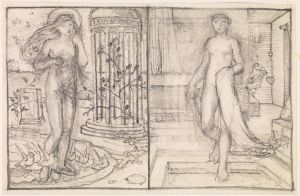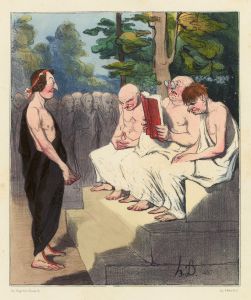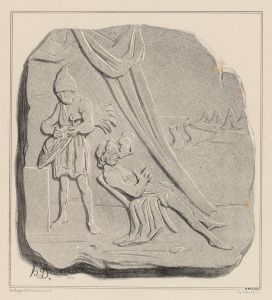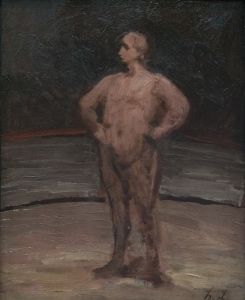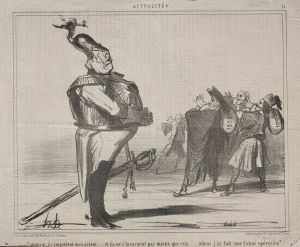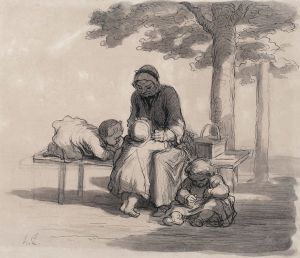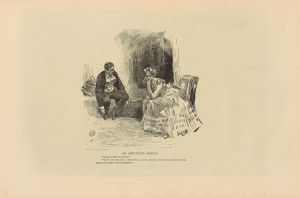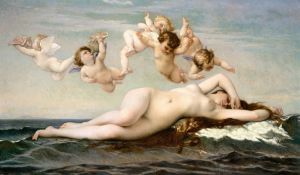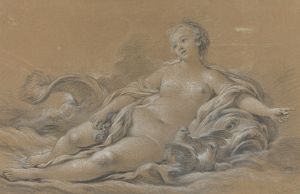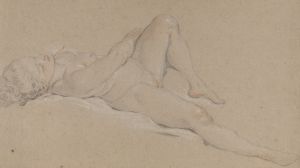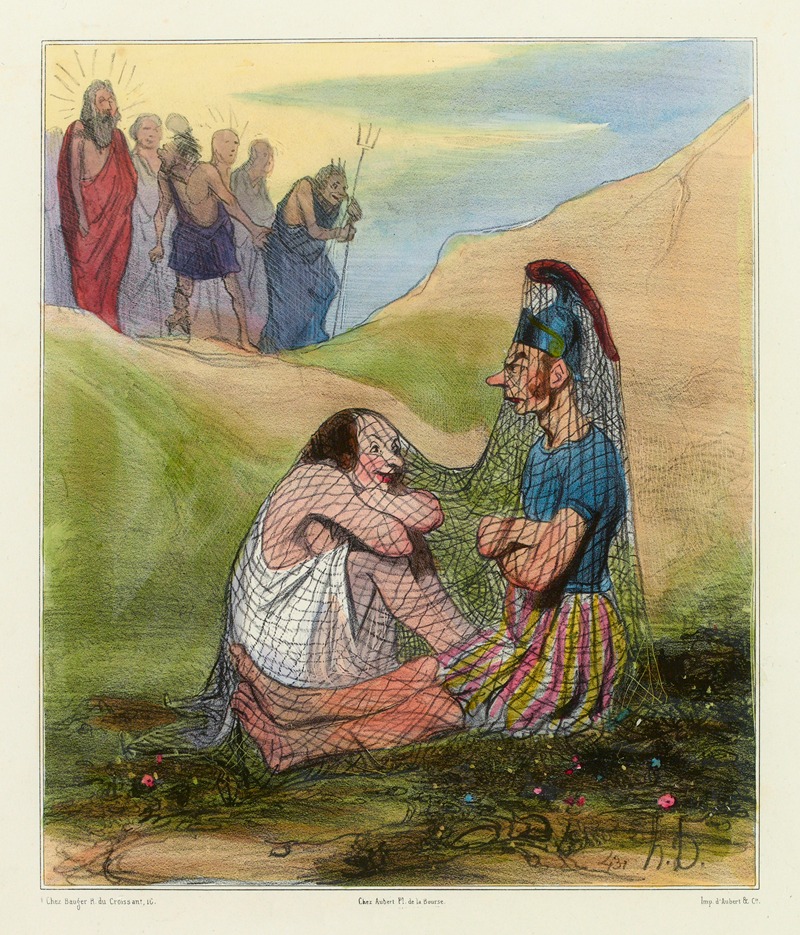
Mars et Vénus
A hand-painted replica of Honoré Daumier’s masterpiece Mars et Vénus, meticulously crafted by professional artists to capture the true essence of the original. Each piece is created with museum-quality canvas and rare mineral pigments, carefully painted by experienced artists with delicate brushstrokes and rich, layered colors to perfectly recreate the texture of the original artwork. Unlike machine-printed reproductions, this hand-painted version brings the painting to life, infused with the artist’s emotions and skill in every stroke. Whether for personal collection or home decoration, it instantly elevates the artistic atmosphere of any space.
Honoré Daumier, a renowned French painter, sculptor, and printmaker, is best known for his satirical caricatures and social commentary through art. Among his works is the painting Mars et Vénus (Mars and Venus), which reflects his interest in classical themes and mythology. This artwork is an example of Daumier's ability to reinterpret traditional subjects with his distinctive style and perspective.
Mars et Vénus depicts the mythological figures Mars, the god of war, and Venus, the goddess of love, in a moment of interaction. The painting showcases Daumier's characteristic use of dramatic contrasts and expressive forms. While the exact date of the painting's creation is not definitively documented, it is believed to have been produced during the mid-19th century, a period when Daumier explored a variety of themes beyond his well-known political and social caricatures.
Daumier's approach to Mars et Vénus is notable for its emphasis on human emotion and physicality. Unlike the idealized depictions of mythological subjects common in earlier periods, Daumier's figures are rendered with a sense of realism and humanity. This aligns with his broader artistic philosophy, which often sought to highlight the complexities and imperfections of human nature.
The painting is executed in oil on canvas, a medium Daumier used for many of his works. His brushwork in Mars et Vénus is dynamic and expressive, contributing to the overall sense of movement and tension between the two figures. The composition is relatively simple, focusing on the interaction between Mars and Venus without elaborate background details, which allows the viewer to concentrate on the emotional and symbolic aspects of the scene.
Mars et Vénus is part of a broader tradition in Western art of depicting these two mythological figures, whose relationship symbolizes the interplay between love and conflict. Daumier's interpretation, however, is distinct in its grounded and almost earthy portrayal, setting it apart from the more polished and idealized versions by other artists.
The painting is housed in the collection of the Musée d'Orsay in Paris, France, which holds a significant number of Daumier's works. The museum's collection highlights Daumier's versatility as an artist and his contributions to 19th-century art. Mars et Vénus is an example of his ability to move beyond caricature and engage with timeless themes in a manner that remains relevant and thought-provoking.
Daumier's Mars et Vénus continues to be appreciated for its unique interpretation of classical mythology and its reflection of the artist's broader concerns with human experience and emotion. It stands as a testament to his skill and creativity, as well as his ability to infuse traditional subjects with a fresh and personal perspective.





